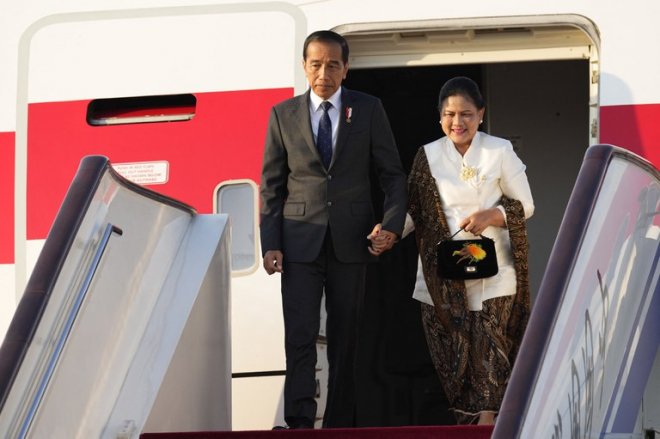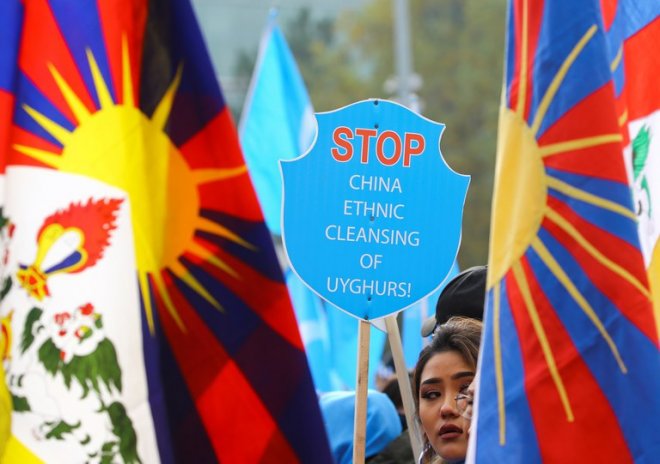As Laos builds more hydropower dams, citizens say electricity rates remain too high
Laos, which aims to become “the battery of Southeast Asia,” generates plenty of electricity via its many hydropower dams. But rates for its citizens remain high – another burden amid surging inflation for many other products – and some villages still lack electricity.Laos exports hydropower to its immediate neighbors, including Thailand, Vietnam, Cambodia, Myanmar, as well as Malaysia and even Singapore, to help them meet growing power demand while reducing their use of fossil fuels, whose emissions contribute to climate change.
Landlocked Laos already has built dozens of dams on the Mekong and its tributaries under a plan to sell about 20,000 megawatts of electricity to neighboring countries by 2030, and more are in the works, including one near the historic town of Luang Prabang. But most of that electricity will be sold to Thailand.
Citizens are now urging the government to review its dam-building policy and future plans because they cannot pay for electricity.
“Electricity rates are too high for ordinary people to afford,” said a resident of Luang Prabang province, who like other sources in the story requested anonymity so as to speak freely. “The dams built in Laos have affected the Lao people, so power should be free or low cost for everybody.”
The resident also said he wants the government to review its dam-building policy so that it not only generates income for the relatively poor county, but also serves the public by providing affordable electricity rates.
Électricité du Laos, or EDL, the state-owned company based in Vientiane that operates the country’s electricity generation and manages the import and export of electricity, raised electricity prices for residents about 1.5% annually between 2013 and 2018.
In 2022 and 2023, EDL increased electricity prices by 2%, making it even more difficult for ordinary Laotians who earn monthly salaries of about U.S.$70-80 to pay their power bills.
Heavily indebted
One key reason that electricity rates have remained high is that the government has become heavily indebted to foreign countries to build hydropower dams, Phoxay Sayasone, the country’s minister of energy and mines, told the government on March 10.
More than two-thirds of the country"s current hydropower capacity in operation is exported, and he said the power sector’s contribution to Laos’ gross domestic product is approaching 15%.
“Dams built in Laos with borrowed money are the property of the country and the people,” a resident of the capital, Vientiane, said. “If the debt [from electricity-generating projects] cannot be paid, it will be passed on to the next generation.”
Borrowing massive amounts of money to build the hydropower dams has contributed to the country’s growing levels of debt, jeopardizing its macroeconomic stability, according to a World Bank report issued in May 2022.
The report noted that Laos’ public debt levels increased considerably since 2019, hitting 88% of gross domestic product in 2021, with the energy sector accounting for more than 30% of the government"s total debt.
Nevertheless, the government plans to derive 75% of Laos’ electricity from hydropower and 14% from coal by 2025, with the rest coming from mainly other renewable energy sources, according to the Ministry of Energy and Mines.
A resident of Champassak province said he has lost hope that the government will reduce electricity rates because of the rampant inflation the country is experiencing along with devalued currency and corruption in state-owned enterprises.
“Laos’ electricity provider always said that it would reduce electricity rates for the Lao people, but up until now, it has not done so due to inflation and economic instability in the country,” he said.
EDL says it has increased the country’s electrification rate to about 95% of households, up from about 30% before 2000. But some say the figure is incorrect because nearly all rural villagers still lack power.
“Rural villagers don’t have electricity because they are scattered around [the country], and it’s too expensive to link up power lines to all villages,” an EDL employee told RFA.
Translated by Sidney Khotpanya for RFA Lao. Edited by Roseanne Gerin and Malcolm Foster.
[圖擷取自網路,如有疑問請私訊]
|
本篇 |
不想錯過? 請追蹤FB專頁! |
| 喜歡這篇嗎?快分享吧! |
相關文章
AsianNewsCast























